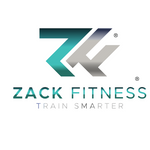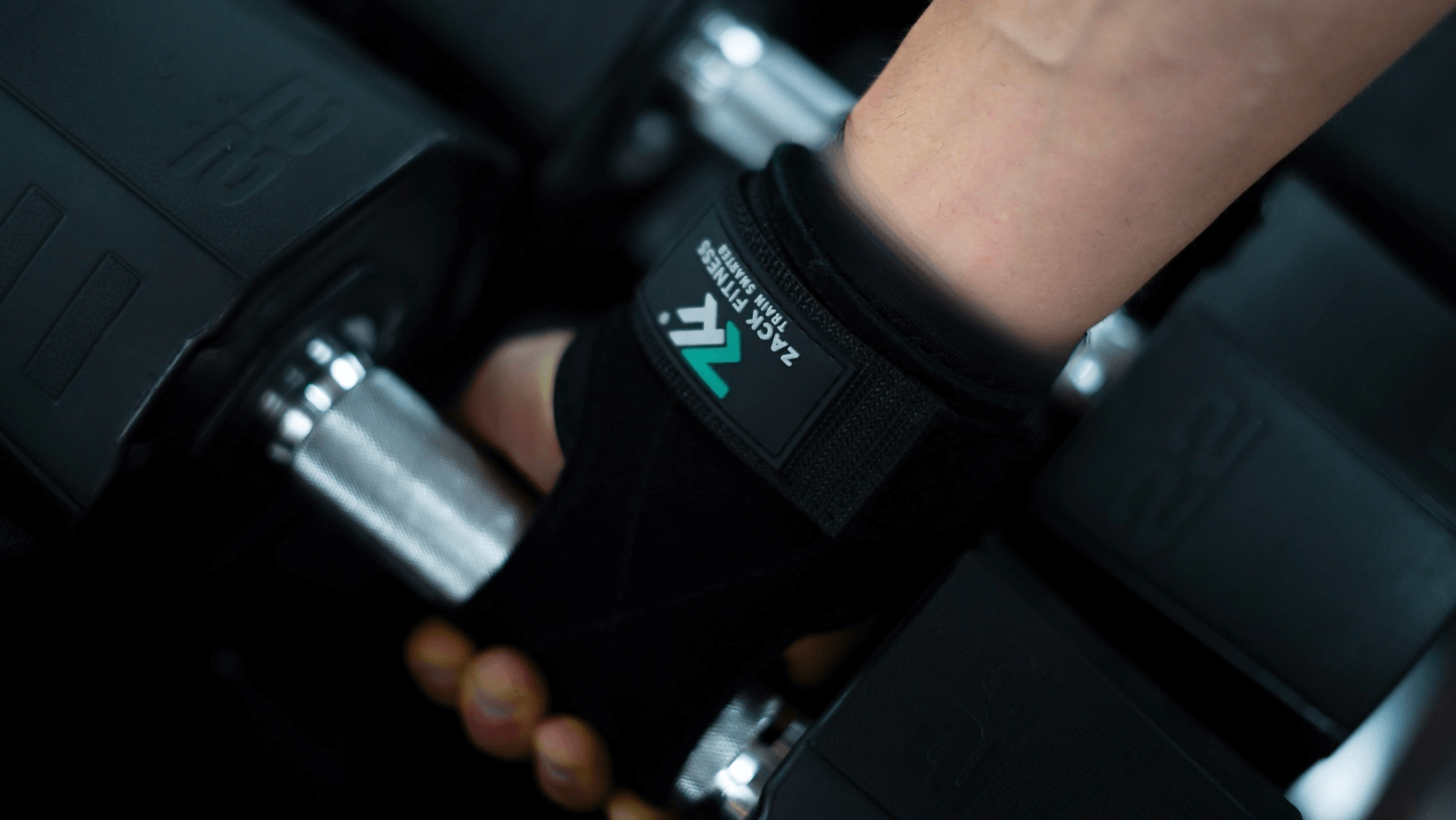Foam rolling has become one of the most popular recovery methods in gyms across the UK and USA. From elite athletes to weekend warriors, everyone is using foam rollers to reduce soreness and improve performance. But does foam rolling actually work, or is it just another overhyped fitness trend?
In this guide, we’ll dive into the science of foam rolling, explore its proven benefits, and show you when and how to use it for maximum results.
Why Foam Rolling Matters for Recovery
When you train hard – lifting weights, sprinting, or doing HIIT – your muscles experience micro-tears and tightness. Foam rolling is a self-myofascial release (SMR) technique designed to:
-
Break up muscle knots and adhesions
-
Increase blood circulation
-
Reduce delayed onset muscle soreness (DOMS)
-
Improve flexibility and mobility
👉 Without proper recovery, your performance in the gym or on the field suffers. That’s why tools like foam rollers, massage guns, and compression boots have become essential for athletes.
The Science Behind Foam Rolling
Research from sports science studies shows that foam rolling:
-
Increases blood flow to the muscles, delivering more oxygen and nutrients for repair.
-
Reduces DOMS (delayed onset muscle soreness), helping athletes get back to training faster.
-
Improves joint range of motion without negatively affecting strength.
-
Stimulates the nervous system, promoting relaxation and reducing stiffness.
While foam rolling isn’t a magic bullet, studies confirm that it provides real, measurable benefits when combined with sleep, nutrition, and active recovery.
How to Foam Roll Effectively
-
Target Major Muscle Groups – Quads, hamstrings, calves, glutes, and upper back.
-
Roll Slowly – Spend 1–2 minutes per area, applying moderate pressure.
-
Pause on Trigger Points – Hold the roller on tight spots for 20–30 seconds.
-
Use Pre-Workout & Post-Workout – Roll before training to improve mobility, and after training to reduce soreness.
👉 Overdoing it can cause bruising or irritation – balance is key.
Foam Rolling vs. Massage Guns: Which is Better?
Many athletes ask whether foam rollers or massage guns are more effective. The truth? Both have their place:
-
Foam Rollers: Great for large muscle groups, flexibility, and affordable recovery.
-
Massage Guns: Better for deep tissue relief, portability, and precise targeting.
For optimal recovery, most athletes combine both tools.
Best Foam Rolling Tools for 2025 (Recommended by Zack Fitness)
🌀 High-Density Foam Roller – durable and effective for self-myofascial release.
💪 Massage Gun – portable and powerful for deep muscle relief.
🦵 Compression Boots – enhance circulation and flush out lactic acid.
🧊 Ice Bath Tub – reduce inflammation and soreness fast.
🔴 Red Light Therapy Devices – accelerate cellular repair and recovery.
👉 Shop the full collection of Recovery Tools & Gear at Zack Fitness
Conclusion: Does Foam Rolling Really Work?
Yes – when used correctly, foam rolling works. It reduces soreness, increases mobility, and accelerates recovery between workouts. While it’s not a substitute for sleep, nutrition, or hydration, it’s a powerful addition to any athlete’s recovery routine.
For the best results, combine foam rolling with advanced recovery tools like massage guns, compression therapy, ice baths, and red light therapy – all available at Zack Fitness.


